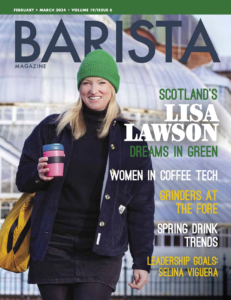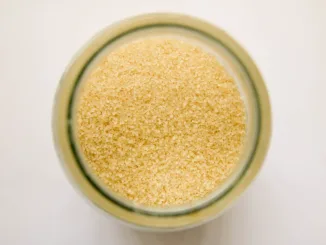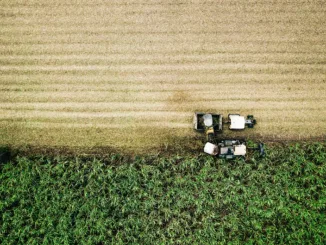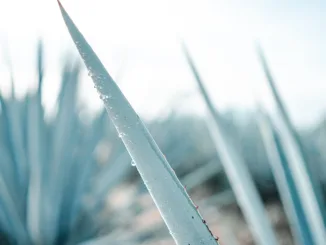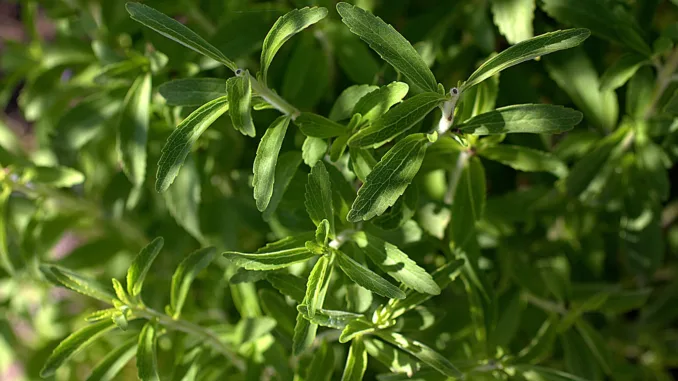
Ever wondered how stevia came to be as common as sugar? Today, we’re tracing its journey from South America to around the world.
BY EMILY JOY MENESES
BARISTA MAGAZINE ONLINE
Featured photo by manuel m. v. via Flickr
You see those familiar green packets everywhere: on café counters, alongside cups of black coffee at the diner, stashed in your grandparents’ cupboard. These days, stevia is as common as plain old sugar. But how did the sugar replacement become such an integral part of our daily coffee rituals?
Today, we’re talking all about stevia’s origins: the countries it’s native to, how it was consumed in ancient times, and the ways in which its use has evolved over the past few hundred years. Read on to learn more about this ubiquitous sweetener.
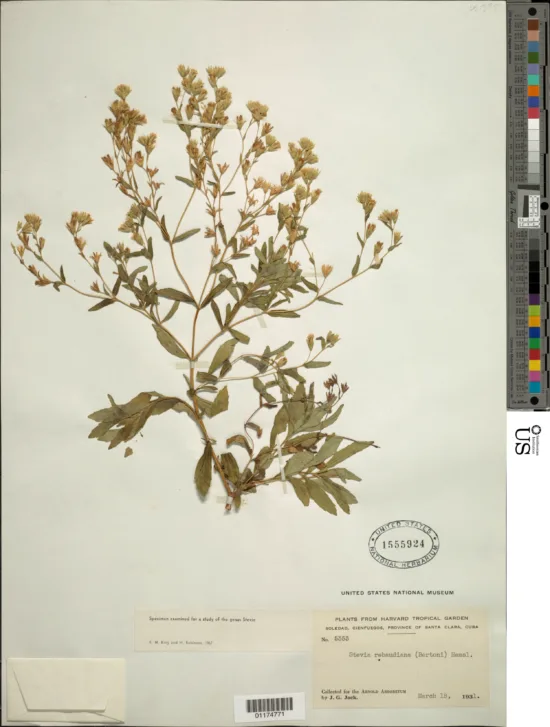
Origins
Stevia comes from the leaves of the Stevia rebaudiana plant, which is native to the region of South America where Paraguay, Argentina, and Brazil meet. The perennial plant does best in warm, semi-humid environments and needs at least six hours of full sunlight every day to thrive. Today, most stevia growth and production takes place in South America and Asia.
Ancient Use
Stevia consumption can be traced back to hundreds of years ago, when indigenous South Americans would chew on the plant’s leaves as a treat. The Guaraní people of South America referred to stevia as ka’a he’ê, meaning “sweet herb,” and sought it out as a natural medicine to help regulate their blood sugar. It wasn’t until Spanish botanist and physician Pedro Jaime Esteve came across the herb that he named it after himself, giving it the title “stevia.”
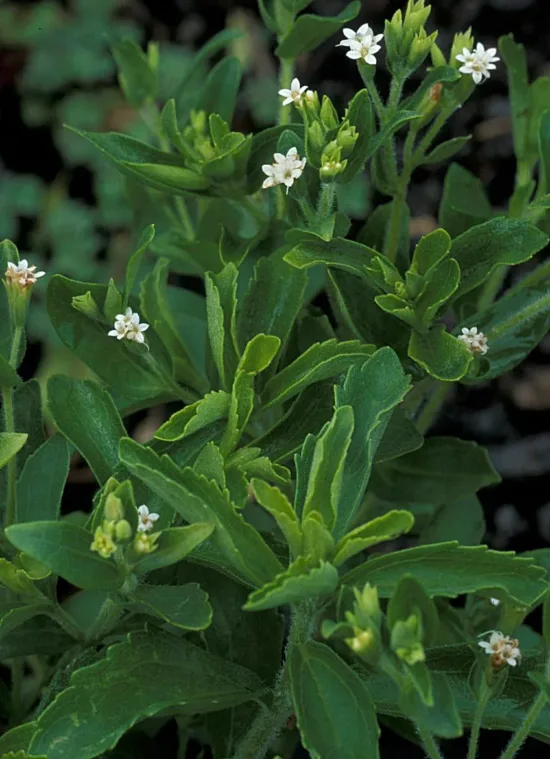
Trade Over the Centuries and Commercialization
Prior to colonization, the indigenous peoples of South America had never domesticated the plant. In 1971, commercial stevia production began in Japan (whose government, at the time, had recently banned artificial sweeteners like saccharine). The ingredient quickly became an integral part of Japanese treats. The sweetener grew in popularity, particularly in the United States, throughout the 1980s. During the 1990s and early 2000s, stevia became widespread throughout the Western world.
Because the sweetener is low in calories and doesn’t impact blood sugar as severely as regular sugar, stevia became a go-to for health-conscious consumers. However, how “healthy” the ingredient actually is remains widely debated, with some nutritionists pointing out that overconsumption can lead to increased risk of heart attack or stroke.
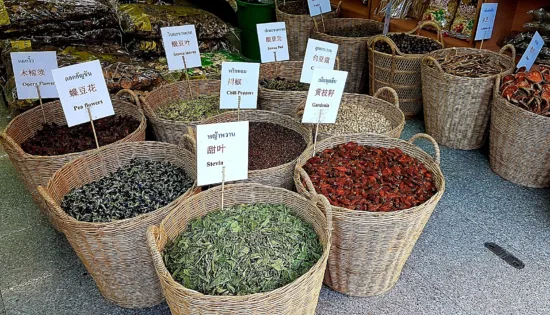
Using Stevia Today
Today, China ranks number one globally for stevia exports, with most of their supply going to Japan. Worldwide, the sweetener remains a go-to ingredient for those with diabetes or anyone looking for a healthier alternative to sugar.
In terms of taste, stevia is much sweeter than sugar, so it’s suggested to replace every 1 teaspoon of sugar with about an 1/8 of a teaspoon of stevia. Stevia also has a slightly herbal, licorice-like, and bitter taste—something to keep in mind when incorporating it into your drinks and/or recipes.
ABOUT THE AUTHOR
Emily Joy Meneses (she/they) is a writer and musician based in Los Angeles. Her hobbies include foraging, cortados, vintage synths, and connecting with her Filipino roots through music, art, food, and beverage.
Subscribe and More!
Out now: It’s the February + March 2024 issue of Barista Magazine! Read it for free with our digital edition. And for more than three years’ worth of issues, visit our digital edition archives here.
You can order a hard copy of the magazine through our online store here, or start a subscription for one year or two.

